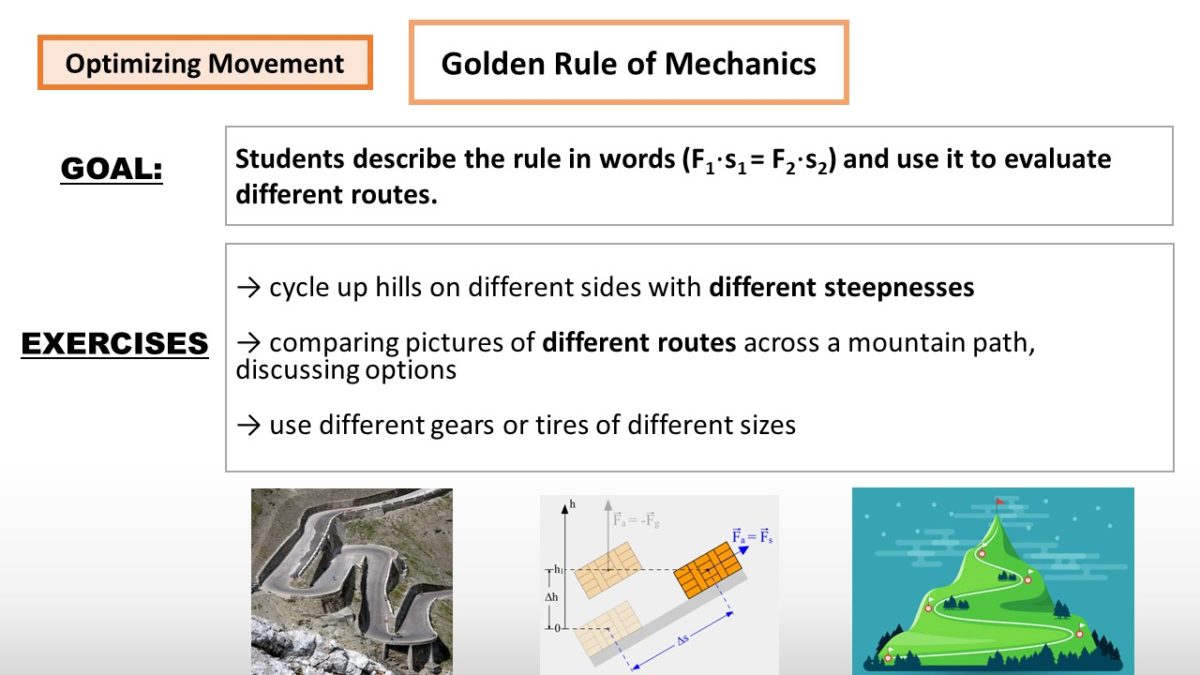Das Prinzip von Actio und Reactio (auch Gegenwirkungsprinzip, Wechselwirkungsprinzip oder drittes Newtonsches Axiom) ist das dritte Newtonsche Gesetz. Es besagt, dass bei der Wechselwirkung zwischen zwei Körpern jede „Aktion“ (Kraft von Körper A auf B) gleichzeitig eine gleich große „Reaktion“ (Gegenkraft von Körper B auf A) erzeugt, die auf den Verursacher der „Aktion“ zurückwirkt:
- F → A → B = − F → B → A
Oft wird es auch „Actio et Reactio“ (lateinisch für ‚Aktion und Reaktion‘), „Actio est Reactio“ (lateinisch für ‚Aktion ist [gleich] Reaktion‘) oder „Aktion gleich Reaktion“ genannt.
https://de.wikipedia.org/wiki/Actio_und_Reactio
Die Kraft und Gegenkraft lässt sich ganz einfach als Einzelübung erfühlen – noch besser erfahrbar ist sie jedoch in einer einfachen Partnerübung.
Zwei Kinder/Partner stehen sich gegenüber.
A: Sie stehen sehr dicht, die Zehen berühren sich und die Hände vom Partner sind gut und fest gefasst. Werden nun die Arme gestreckt und der Körper bleibt gerade in Spannung – fühlt man die Schwerkraft, die einen nach hinten zieht und die Haltekraft in den Händen, die man aufbringen muss um dieser Kraft zu entgegenzuwirken und im Gleichgewicht zu bleiben.


B: Es kann aber nicht nur Zugkraft sondern auch Druckkraft erfahren werden. Dazu stellen sich die Partner auf Armeslänge entfernt gegenüber auf und lehnen sich nun langsam mit Gefühl dem Partner entgegen. Diesmal spürt man wieder die Schwerkraft, die einen nach vorne drückt und die Kraft, die man in Händen und Armen aufbringen muss um diesen Zustand in der Wage zu halten

Beide Übungen können auch als Einzelübungen an einer Sprossenwand – wie auf den Bildern gezeigt – erlebt und erfühlt werden.














